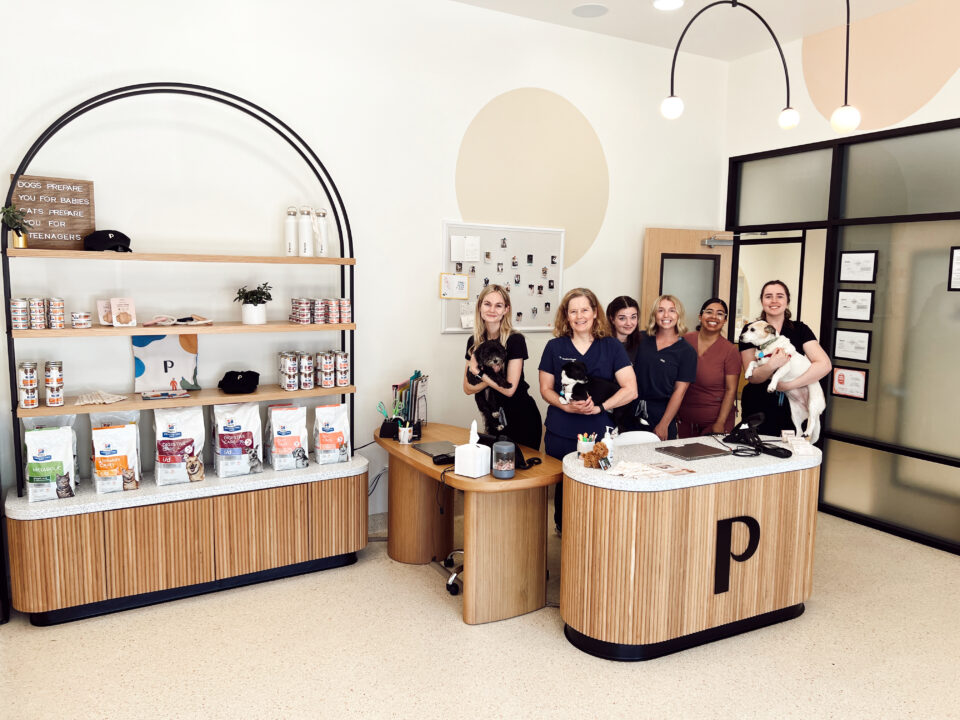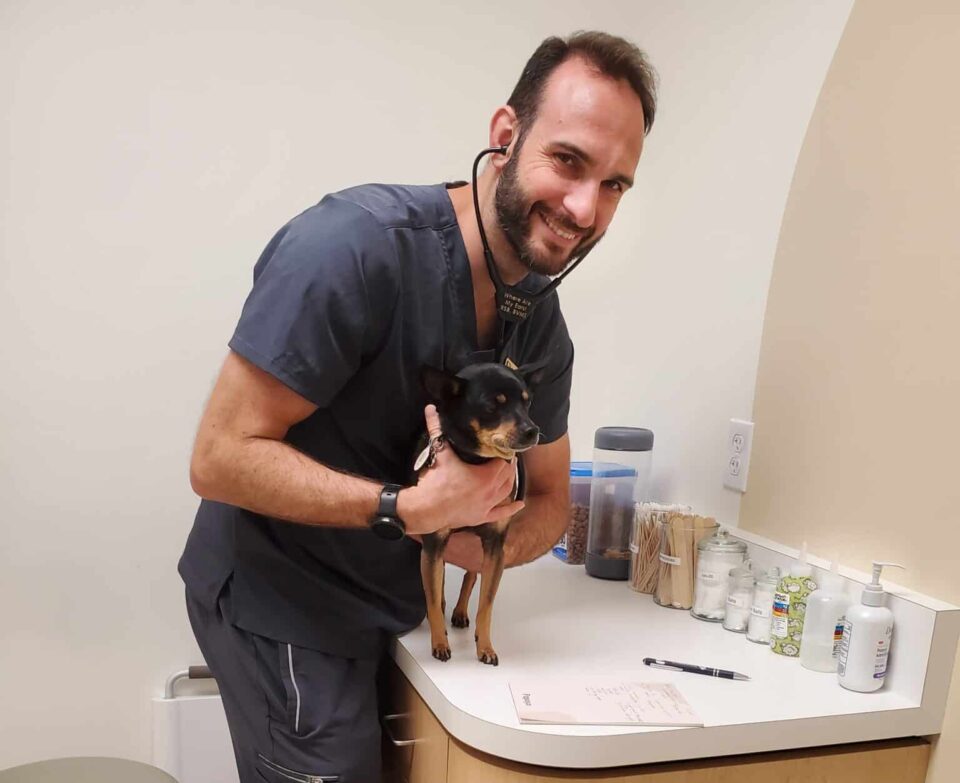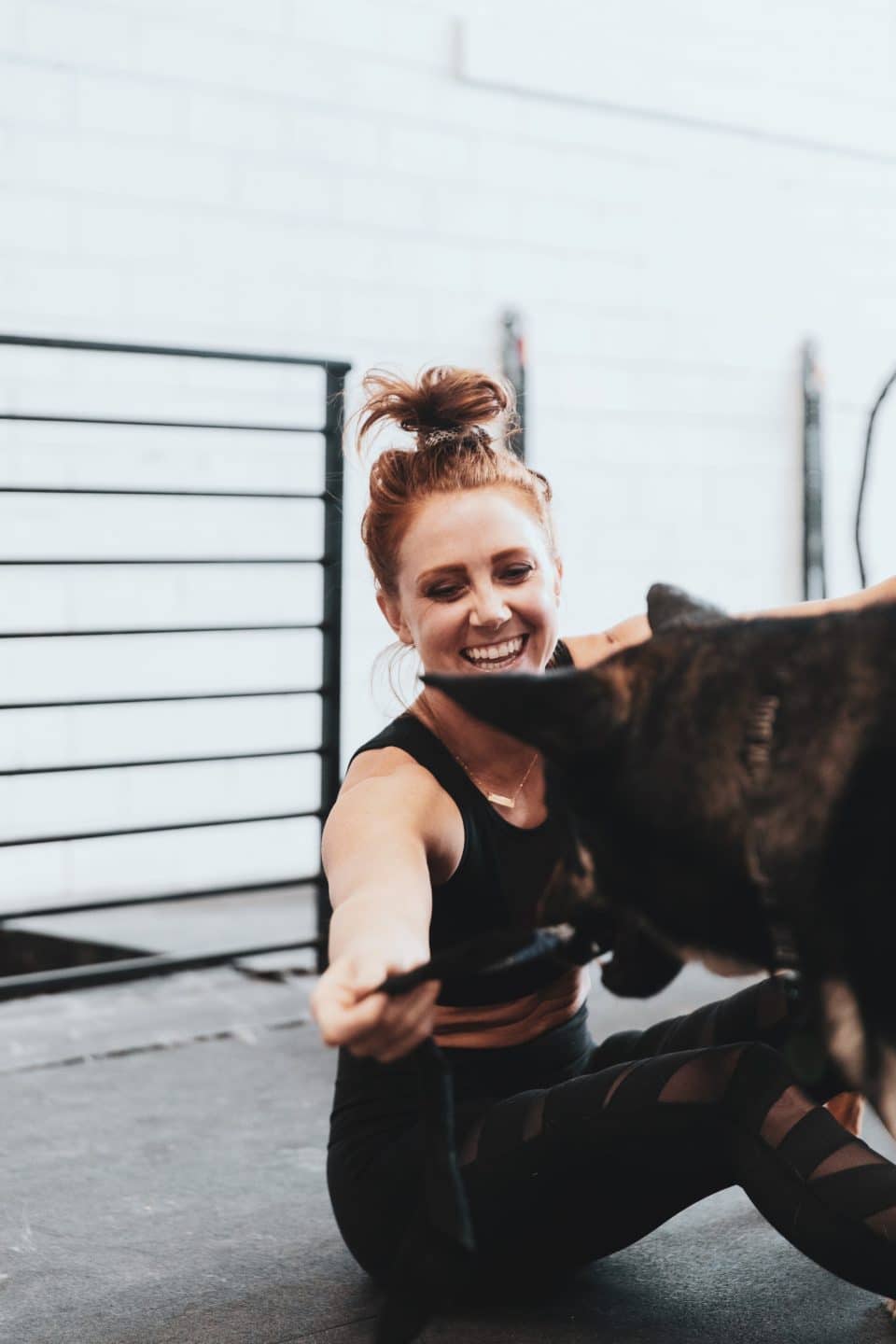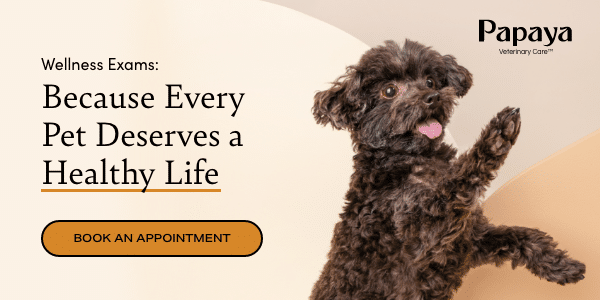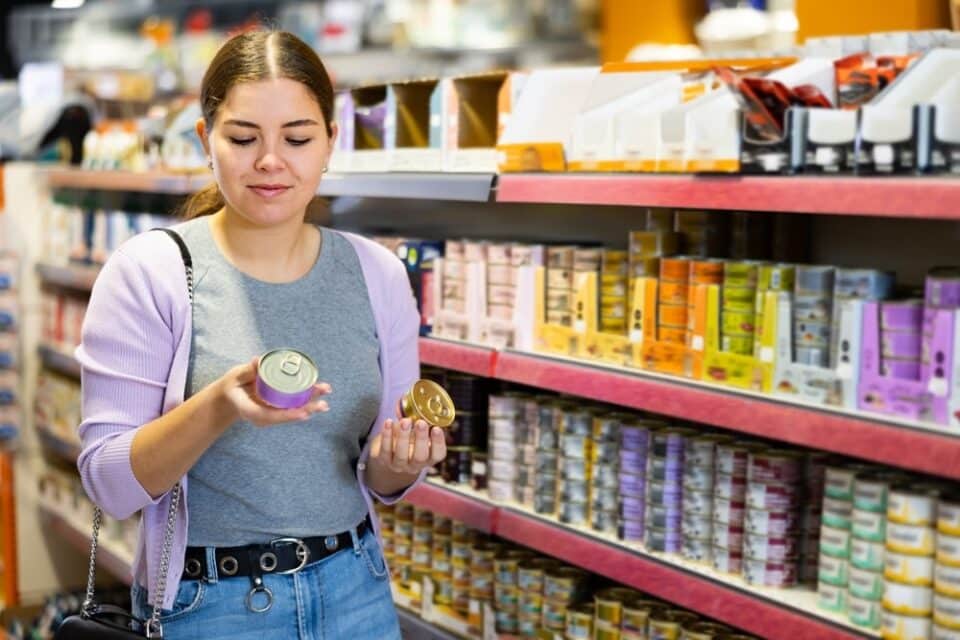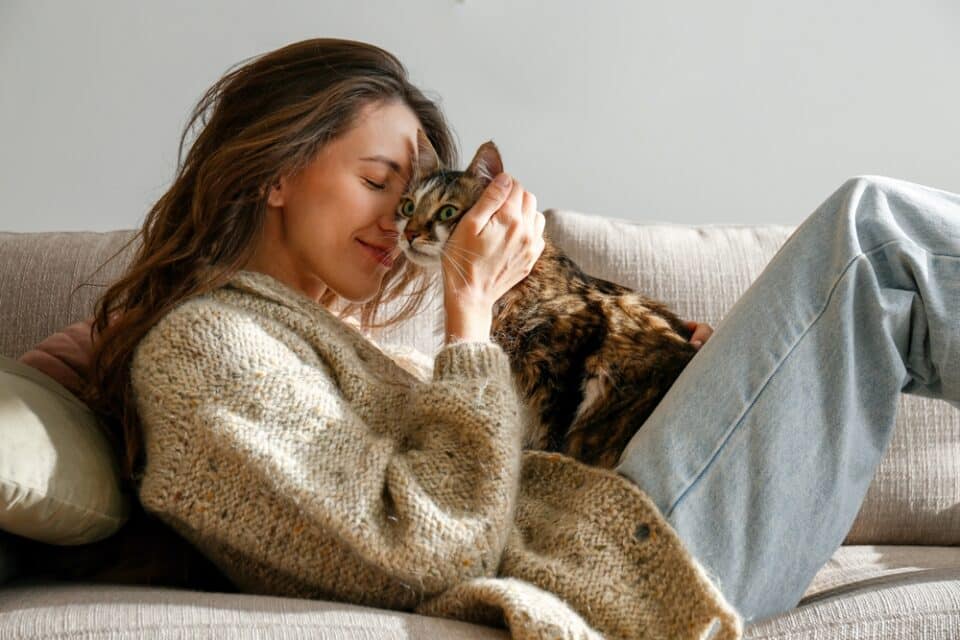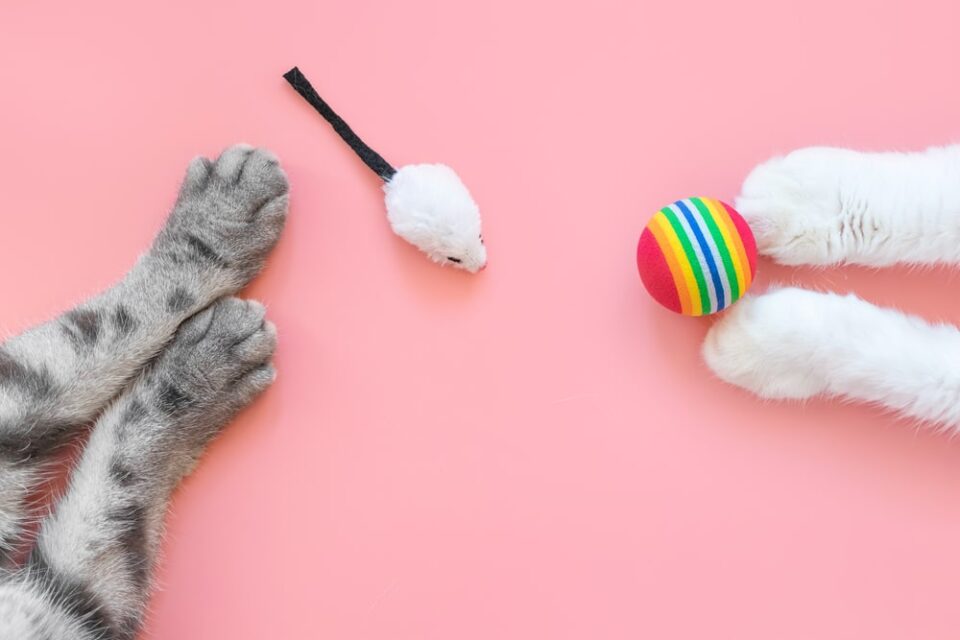Cats
4 min read
3 Pet Food Trends That are More Fad than Fact
Published on Jul 7, 2023
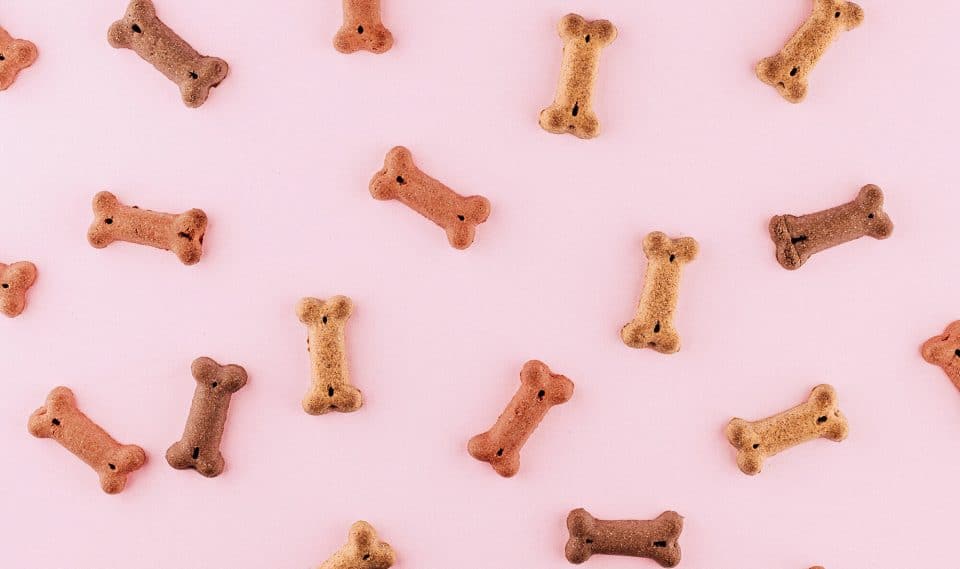
Every pet owner knows what their pet puts into their body is important, whether it be a pet vaccine or the food they eat. Pet nutrition is crucial when it comes to what food is best for our pets, but there is so much conflicting information online that can be very overwhelming! As a pet owner, it’s hard to keep track of the rapidly growing pet food industry. Additionally, with all of this different information out there, it can be hard for pet parents to determine what items on the pet food market are actually healthy for their pets—and what’s not.
It is important to remember that pet food ingredients are incredibly important because they determine the quality and quantity of nutrients your pet will be consuming. Do not be swayed by the elaborate pet food packaging of a pet food brand, but instead look at each ingredient within the food. Pet food must provide all the essential vitamins, minerals, proteins, fats, carbohydrates, and amino acids that a pet needs for healthy growth, development, and overall well-being. A quality pet food product also includes appropriate supplements and other additives, such as probiotics and antioxidants, which help to enhance the nutritional benefits for pets. In addition, some pet foods contain natural ingredients, like fruits and vegetables, that help improve palatability and provide an extra nutritional boost. By ensuring your pet food is of high quality, you can help to promote their good health and prevent the onset of nutritional deficiencies or serious diseases.
The first thing to remember is that all pets have different dietary needs! What your neighbor is feeding their dog or cat isn’t necessarily what you should feed yours. Consult a certified veterinarian to develop a nutrition plan for your pet that fits their health condition, history, and lifestyle.
Here, we explore the three most common pet food trends to watch out for.
Trend #1: The Raw Diet
You might be wondering: My beloved Fluffy and Spot’s ancestors subsisted on raw meat, so why can’t they do the same today?
There are many reasons why veterinarians don’t recommend a raw diet for pets. Raw food causes poor pet health as it has an increased risk for bacterial overgrowth, may be harder for your pet to digest, and may not be a complete or balanced option. This can result in severe illness for your dog or cat.
According to the American Veterinary Medical Association, animal-source protein that’s raw or unpasteurized can contain dangerous pathogens such as Salmonella, E. coli, Listeria, and more. This can pose a risk to both your pet and the humans in your household, especially if they’re babies or immunocompromised.
Trend #2: The Vegan Diet
A vegetarian or vegan diet might work for a human food diet, but cats and dogs may be missing out on several important nutrients.
Dogs are omnivorous, yet many commercial vegetarian dog foods are not shown to be nutritionally appropriate. There are few studies showing the long-term effects of a vegan or vegetarian diet for canines, either. Therefore, veterinarians may hesitate to recommend a fully vegan diet and urge pet parents to enrich these diets with supplements.
Cats on the other hand are obligate carnivores, meaning their digestive system is geared toward an animal type diet with an abundance of meat thanks to millions of years of evolution. They need higher levels of protein and a specific amino acid called taurine. A lack of taurine may lead to blindness or a heart issue called dilated cardiomyopathy (DCM). This occurs when the heart muscle becomes too weak to pump blood and supply oxygen to the rest of the cat’s body. DCM can be fatal.
Trend #3: The Grain-Free Diet
In the mid-2010s, there were rising concerns among pet owners about feeding their pets corn, which was thought to cause an allergic reaction. As a result, many dog and cat food brands within the petfood industry hopped on the opportunity to begin marketing their pet food product food as “grain free,” replacing the corn with ingredients like potatoes or lentils.
In reality, corn or grain allergies are rare among cats and dogs. Whole grains can offer important nutritional benefits, including vitamins, minerals, and fiber to our pets’ diets. Recent studies have shown that a lack of whole grains may even be correlated to increased risk for heart disease. The vast majority of dogs and cats have no problem digesting the grains that are typically found in pet foods.
What you should look for in a diet.
There is plenty of information swirling on the internet about what a pet parent should and shouldn’t feed their pet.The truth is, scientific evidence doesn’t support many of these claims. So, if you have questions or concerns about what your pet is eating, reach out to a certified veterinarian. Our Papaya veterinarians suggest the following things to look for in a diet for your pet:
- AAFCO approved to ensure its complete and balanced
- Fully cooked
- Grain inclusive
- Backed by a veterinary nutritionist
Every pet is different, so be sure to check with your veterinarian. An expert who knows your pet personally will be able to help you craft a nutrition plan that’s science backed, nutritionally sound, and will help your pet stay healthy long term.


